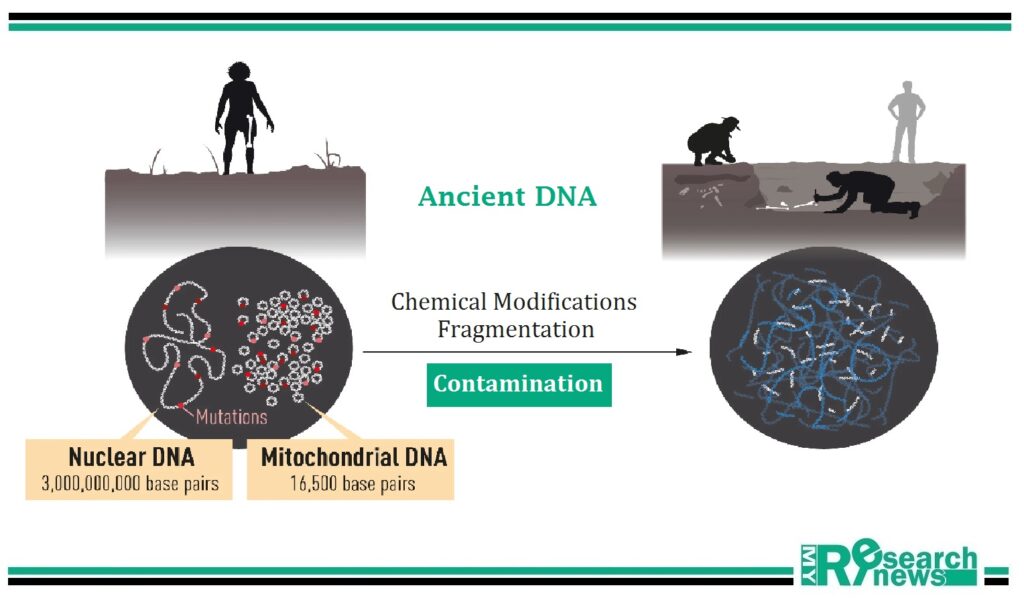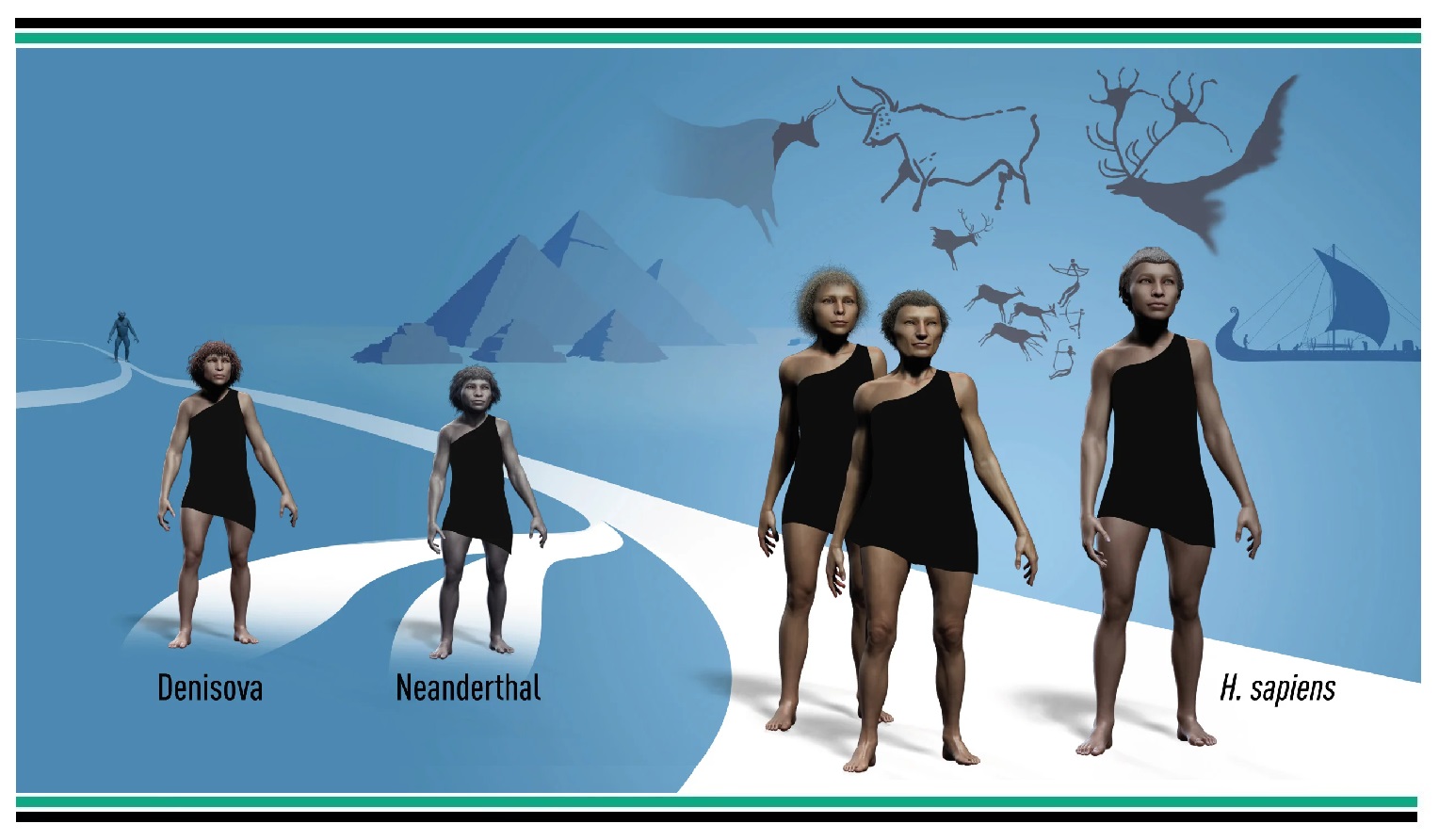The answers of the questions such as where do we come from? and what makes us unique? Had long been awaited quest which engaged humanity since ancient times.
Thanks to Dr. Svante Pääbo, for the answers of the questions such as where do we come from? and what makes us unique? who accomplished something seemingly impossible: sequencing the genome of the Neanderthal, an extinct relative of present-day humans and provided answers of the long awaited questions.
Understanding the human evolution have engaged several Paleontologists and archeologists to get the answers of our origin. Scientific research has provided us some strong evidences about the modern human beings, Homo sapiens and our anatomically relatives, Neanderthals.
The origin of modern Homo sapiens, first appeared in Africa approximately 300,000 years ago, while our closest known relatives, Neanderthals, developed outside Africa and populated Europe and Western Asia from around 400,000 years until 30,000 years ago, at which point they went extinct.
Dr. Svante Paabo spent decades investigating the mitochondrial genome derived from the archaic bone remains of Neanderthals and developing technologies to fulfil the gaps of his study and to complete the puzzles of our origin.

Dr. Svante Paabo and his co-workers did comparative genomic analysis of Neanderthals and Homo sapiens and discovered that Neanderthals and Homo sapiens interbred during their millennia of coexistence.
The found that in modern day humans with European or Asian descent, approximately 1-4% of the genome originates from the Neanderthals. Pääbo also did comparative genomic analysis of Homo sapiens and Denisova (a previously unknown hominin) and found that in populations in Melanesia and other parts of South East Asia, where individuals carry up to 6% Denisova DNA.
They concluded that at the time when Homo sapiens migrated out of Africa, at least two extinct hominin populations inhabited Eurasia. Neanderthals lived in western Eurasia, whereas Denisovans populated the eastern parts of the continent. During the expansion of Homo sapiens outside Africa and their migration east, they not only encountered and interbred with Neanderthals, but also with Denisovans.
Read the complete story of Dr. Svante Paabo’s discovery at Nobelprize.org
References:
- Prüfer, K., Racimo, F., Patterson, N. et al. The complete genome sequence of a Neanderthal from the Altai Mountains. Nature 505, 43–49 (2014). https://doi.org/10.1038/nature12886
- Reich, D., Green, R., Kircher, M. et al. Genetic history of an archaic hominin group from Denisova Cave in Siberia. Nature 468, 1053–1060 (2010). https://doi.org/10.1038/nature09710

